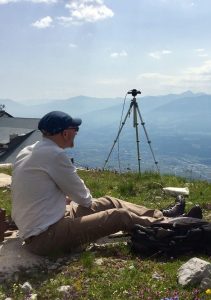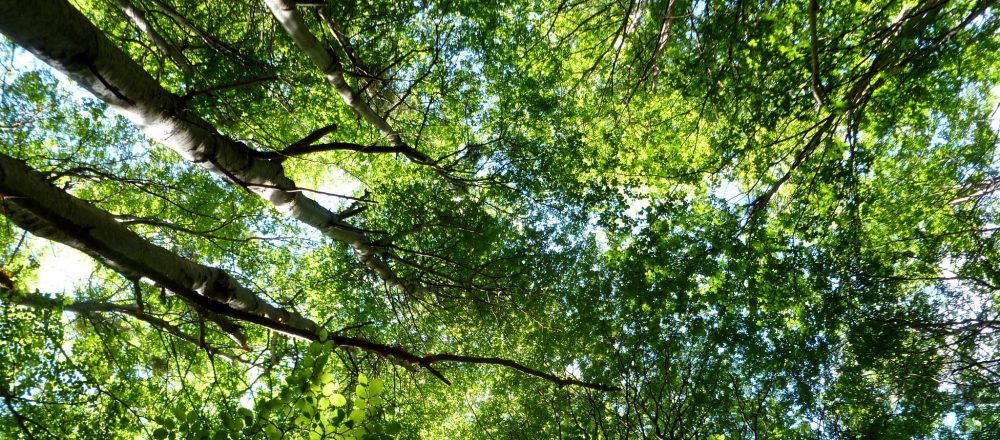We recently traveled to Austria to help set-up our collaborators’ experiments monitoring the effects of UV-B radiation exposure on Pinus cembra pollen in the mountains above Innsbruck. If we can understand how exposure to UV radiation affects the accumulation of UV-absorbing compounds in pollen today, we may be able to calibrate the concentrations of these compounds found in ice- and sediment cores used in climatic reconstructions. This information potentially will allow palyontologists to understand how UV radiation changed over geological time and what the implications of these changes might have been for the Earth’s ecosystems. By better understanding past climate we will be better prepared to forecast how modern-day changes in UV radiation might affect the Earth’s ecosystems.


Here we take parallel measurements with broadband UV-B sensors and a spectroradiometer next to a specimen pine tree during the period before flowering.
Find up more in last years UNEP update.
